In 2009, UNESCO recognized Quan Ho as an intangible cultural heritage of humanity. Quan Ho singing originated from the Canh singing custom - the oldest Quan Ho singing custom in Diem village, Hoa Long commune, Bac Ninh city. To this day, this place still preserves these ancient singing customs as a valuable part of Vietnamese culture.

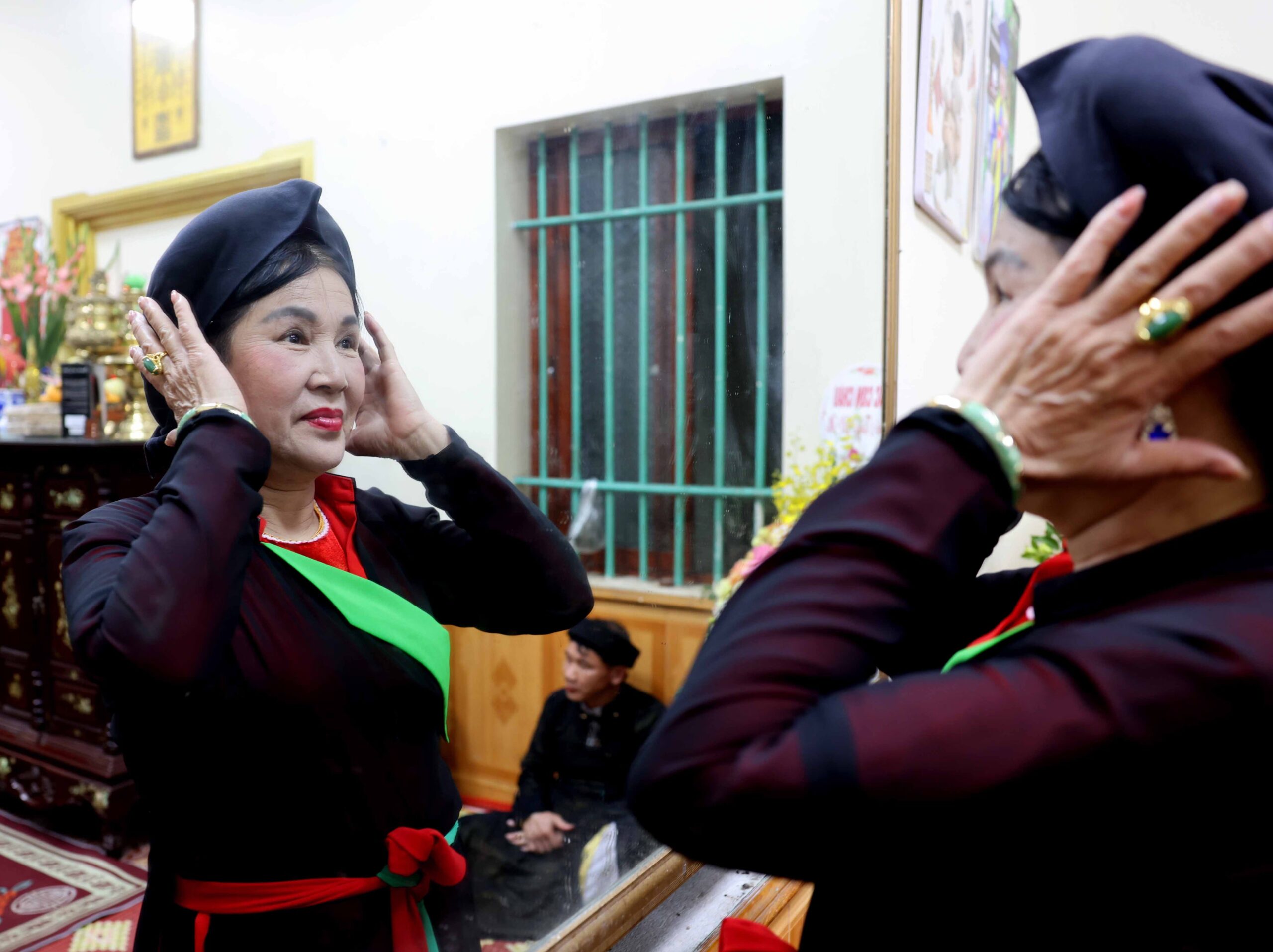
The characteristic of Quan Ho singing is that when singing, they sit on a mat. The male and female singers sing without accompaniment or supporting instruments, but with the singing technique of “resounding-resonating-bouncing” it is enough to stir people’s hearts. Each singing session usually has 3 stages: the traditional voice, the petty voice and the farewell voice.
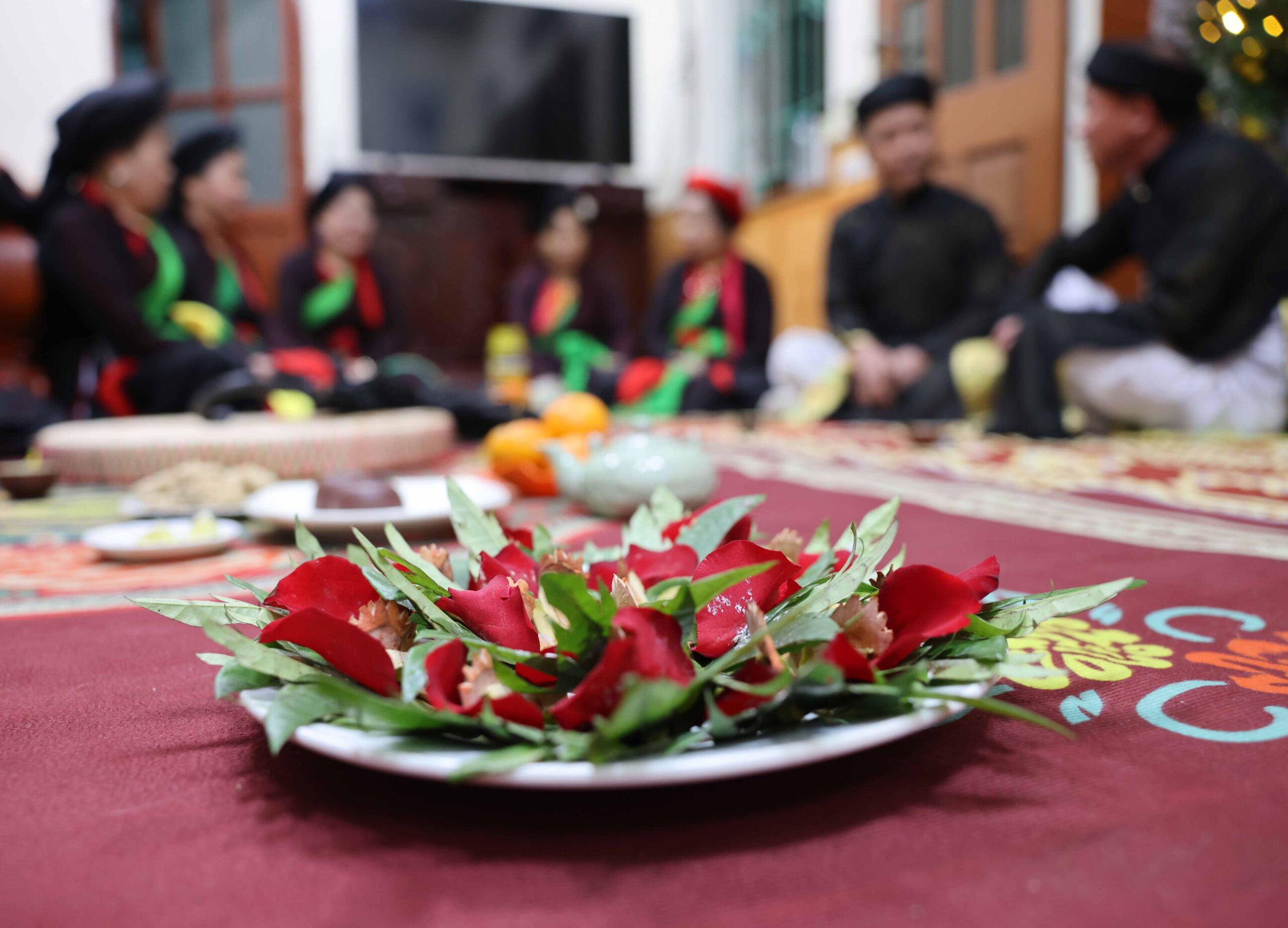
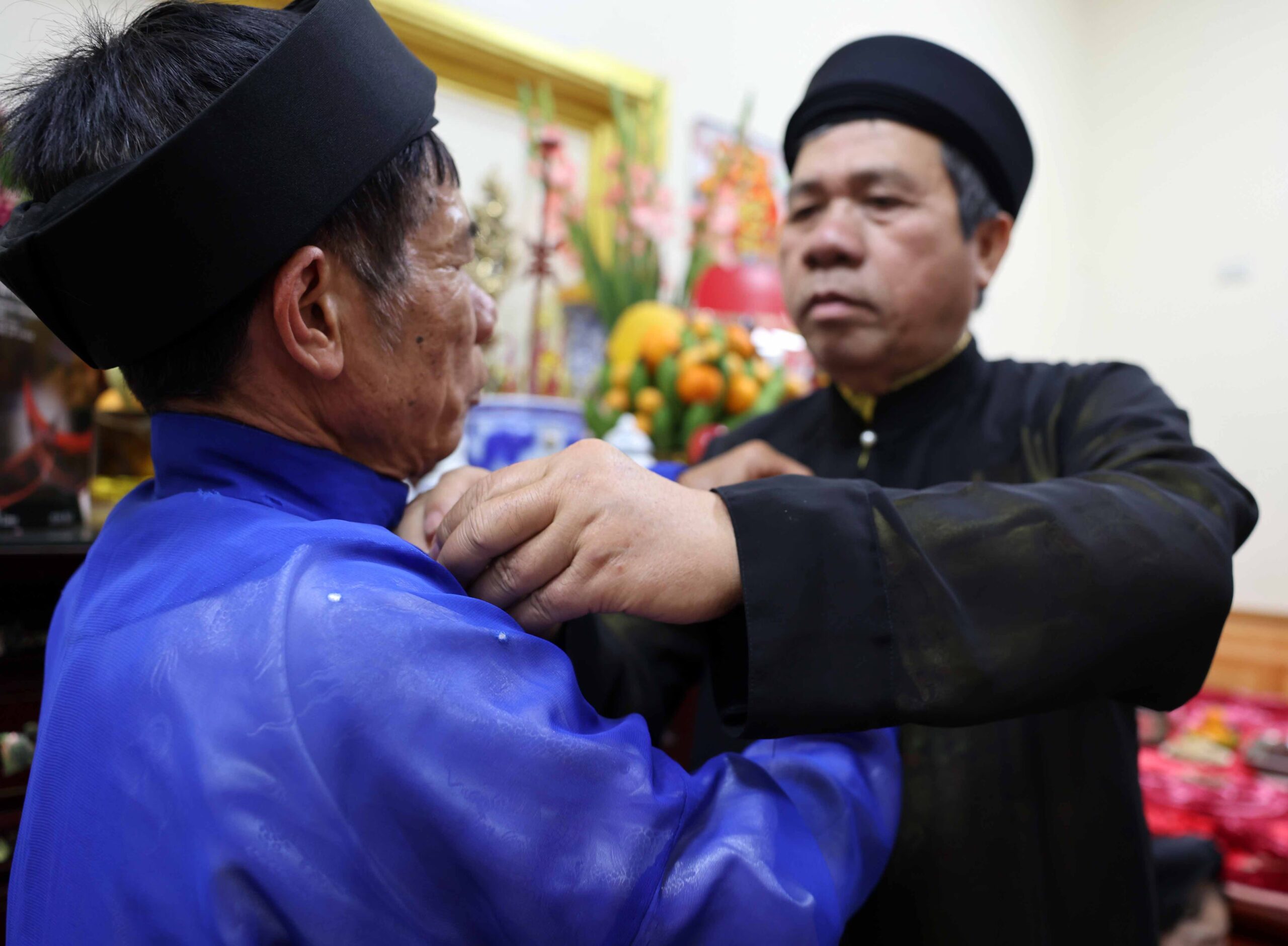 Costumes are always carefully considered and meticulously prepared by the Lien Anh and Lien Chi singers in each singing session. For the Lien Anh, costumes are not only about dressing beautifully but also a way to express the elegance and solemnity of the Quan Ho singer. The Ao Dai with an inner layer of white brocade with delicate patterns, combined with white pants, black turban, and Gia Dinh shoes creates luxury and elegance. As for the Lien Chi singer, it is a three-layer Ao Dai (called Ao Mo Ba), the outer layer is a thin layer of black silk in the color of cockroach wings. The peach-colored bib collar is faintly revealed, two bib strips tied behind the neck, crossed over one shoulder, the waist is tied in the shape of flower petals combined with a red velvet scarf, a black crow-beak scarf on the head, tied in the shape of a lotus bud. The Lien Chi singer wears curved sandals, a pair of cross-body belts, and a conical hat with three layers on her shoulders, all blending together to create a beauty typical of Kinh Bac.
Costumes are always carefully considered and meticulously prepared by the Lien Anh and Lien Chi singers in each singing session. For the Lien Anh, costumes are not only about dressing beautifully but also a way to express the elegance and solemnity of the Quan Ho singer. The Ao Dai with an inner layer of white brocade with delicate patterns, combined with white pants, black turban, and Gia Dinh shoes creates luxury and elegance. As for the Lien Chi singer, it is a three-layer Ao Dai (called Ao Mo Ba), the outer layer is a thin layer of black silk in the color of cockroach wings. The peach-colored bib collar is faintly revealed, two bib strips tied behind the neck, crossed over one shoulder, the waist is tied in the shape of flower petals combined with a red velvet scarf, a black crow-beak scarf on the head, tied in the shape of a lotus bud. The Lien Chi singer wears curved sandals, a pair of cross-body belts, and a conical hat with three layers on her shoulders, all blending together to create a beauty typical of Kinh Bac. 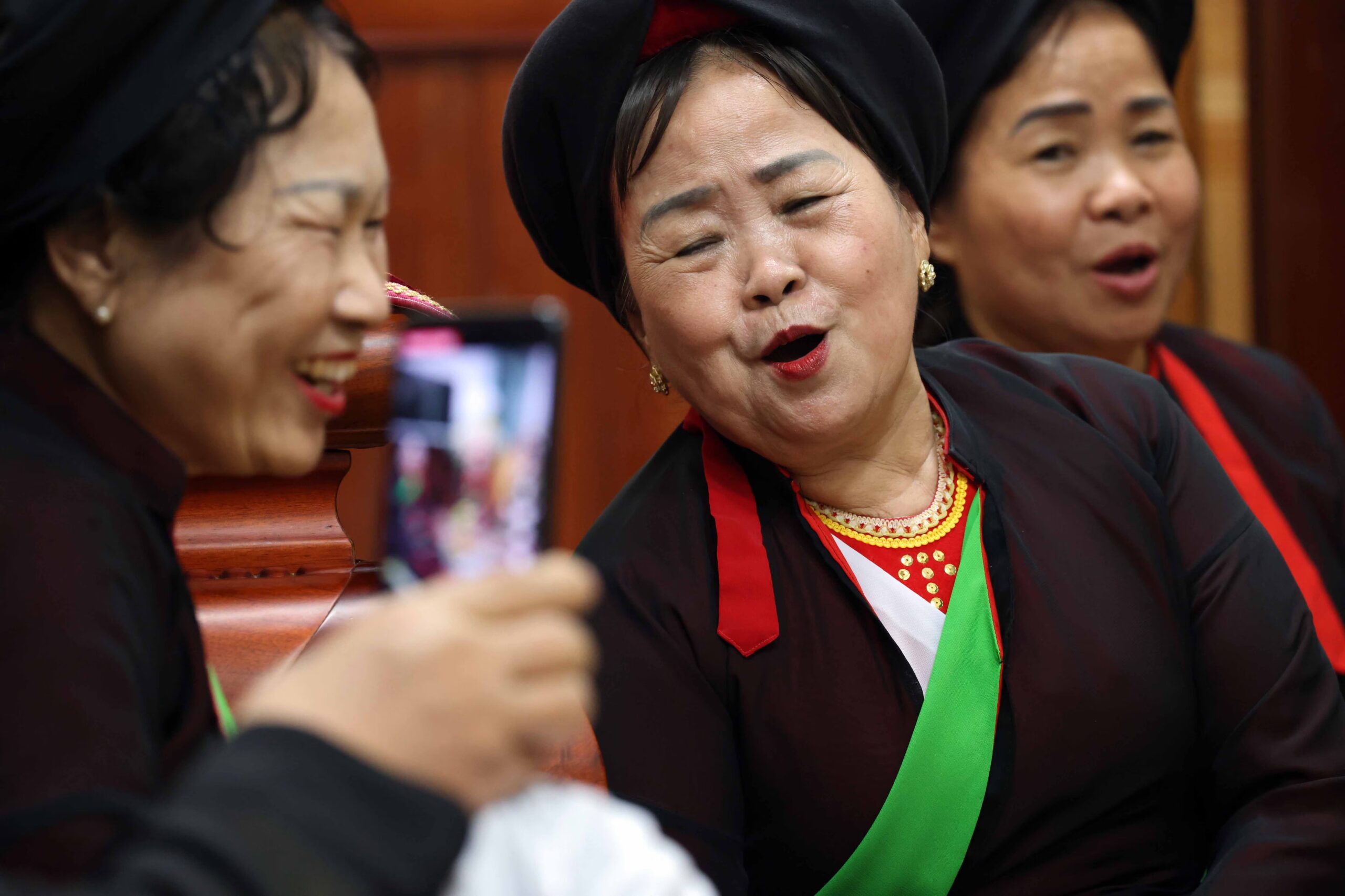
The sisters in the Quan Ho singing show.
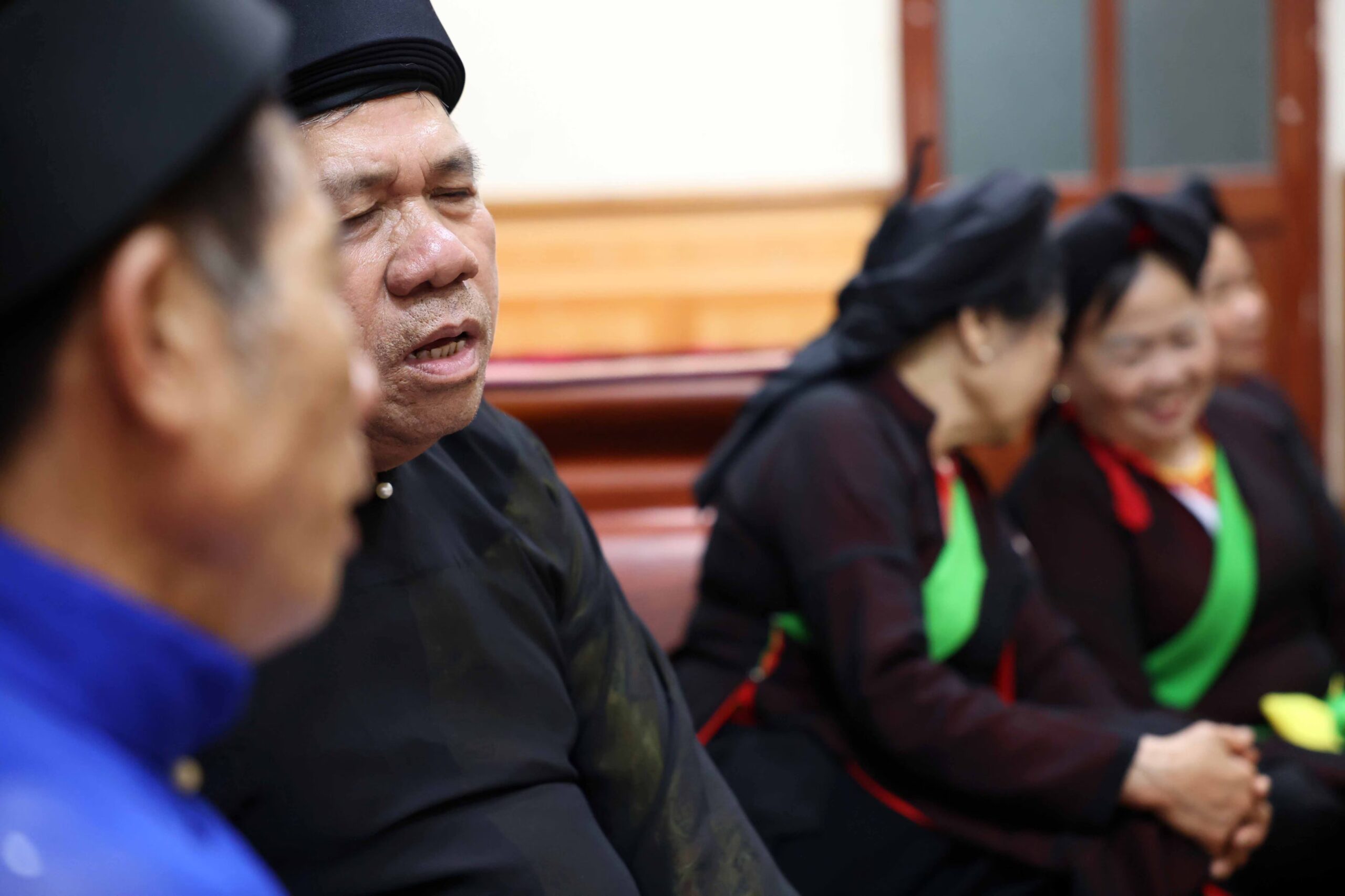
The Lien Anh and Lien Chi singers sing in response without any musical instruments, just the Quan Ho technique that captivates people's hearts.
More specifically, the Quan Ho singing becomes more beautiful as the night progresses, the singing of the Lien Anh and Lien Chi becomes more melodious and clear. They do not express themselves through lyrics but also convey their deep spirit and emotions through each word. The Quan Ho singing only ends when the dialogue is finished.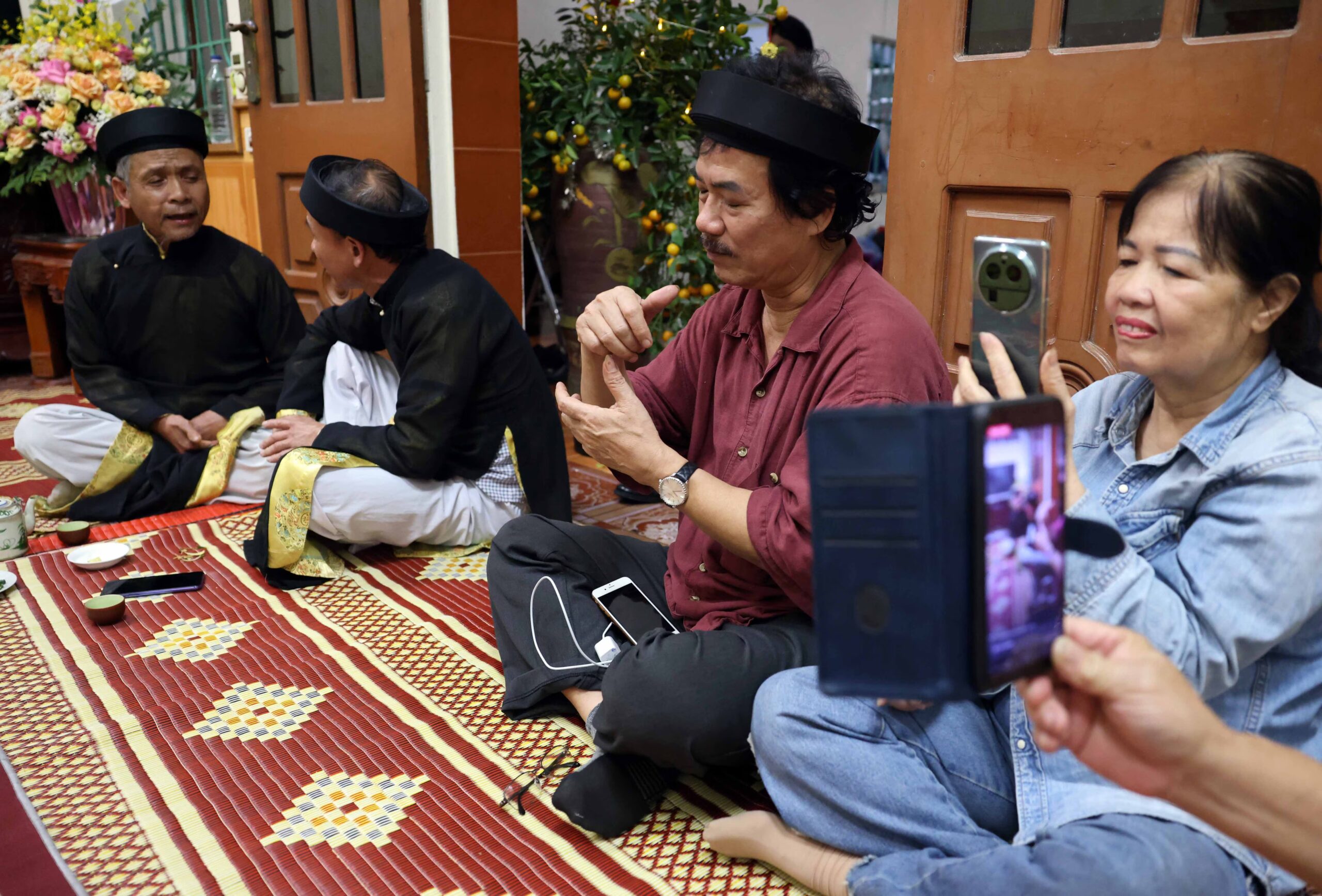 Despite the passage of time and many changes in life, canh singing still exists and develops as a symbol of the sustainability and strong vitality of Quan Ho culture. However, to maintain and develop the form of male-female singing in response to traditional customs is not easy. It requires concentration, investment, and a deep understanding of cultural heritage. It is necessary to pass it on from generation to generation to keep the flame of this cultural candle burning forever. In 2024, the Photo and Video Contest "Happy Vietnam - Happy Vietnam" continues to be organized by the Ministry of Information and Communications in coordination with the Vietnam Association of Photographic Artists on the website https://happy.vietnam.vn is open to all Vietnamese citizens and foreigners aged 15 and over. The contest aims to honor individuals and groups with positive information products, making practical contributions to the propaganda and promotion of a beautiful image of Vietnam to the world. Thereby helping people in the country, compatriots abroad and international friends access authentic images of the country, Vietnamese people, Vietnam's achievements in ensuring human rights, towards a happy Vietnam. Each contest category (photo and video) has the following prizes and prize values: - 01 Gold Medal: 70,000,000 VND - 02 Silver Medals: 20,000,000 VND - 03 Bronze Medals: 10,000,000 VND - 10 Encouragement Prizes: 5,000,000 VND - 01 most voted work: 5,000,000 VND The winning authors will be invited by the Organizing Committee to attend the Announcement Ceremony and Award Ceremony and Certificate on live television of Vietnam Television.
Despite the passage of time and many changes in life, canh singing still exists and develops as a symbol of the sustainability and strong vitality of Quan Ho culture. However, to maintain and develop the form of male-female singing in response to traditional customs is not easy. It requires concentration, investment, and a deep understanding of cultural heritage. It is necessary to pass it on from generation to generation to keep the flame of this cultural candle burning forever. In 2024, the Photo and Video Contest "Happy Vietnam - Happy Vietnam" continues to be organized by the Ministry of Information and Communications in coordination with the Vietnam Association of Photographic Artists on the website https://happy.vietnam.vn is open to all Vietnamese citizens and foreigners aged 15 and over. The contest aims to honor individuals and groups with positive information products, making practical contributions to the propaganda and promotion of a beautiful image of Vietnam to the world. Thereby helping people in the country, compatriots abroad and international friends access authentic images of the country, Vietnamese people, Vietnam's achievements in ensuring human rights, towards a happy Vietnam. Each contest category (photo and video) has the following prizes and prize values: - 01 Gold Medal: 70,000,000 VND - 02 Silver Medals: 20,000,000 VND - 03 Bronze Medals: 10,000,000 VND - 10 Encouragement Prizes: 5,000,000 VND - 01 most voted work: 5,000,000 VND The winning authors will be invited by the Organizing Committee to attend the Announcement Ceremony and Award Ceremony and Certificate on live television of Vietnam Television. Vietnam.vn



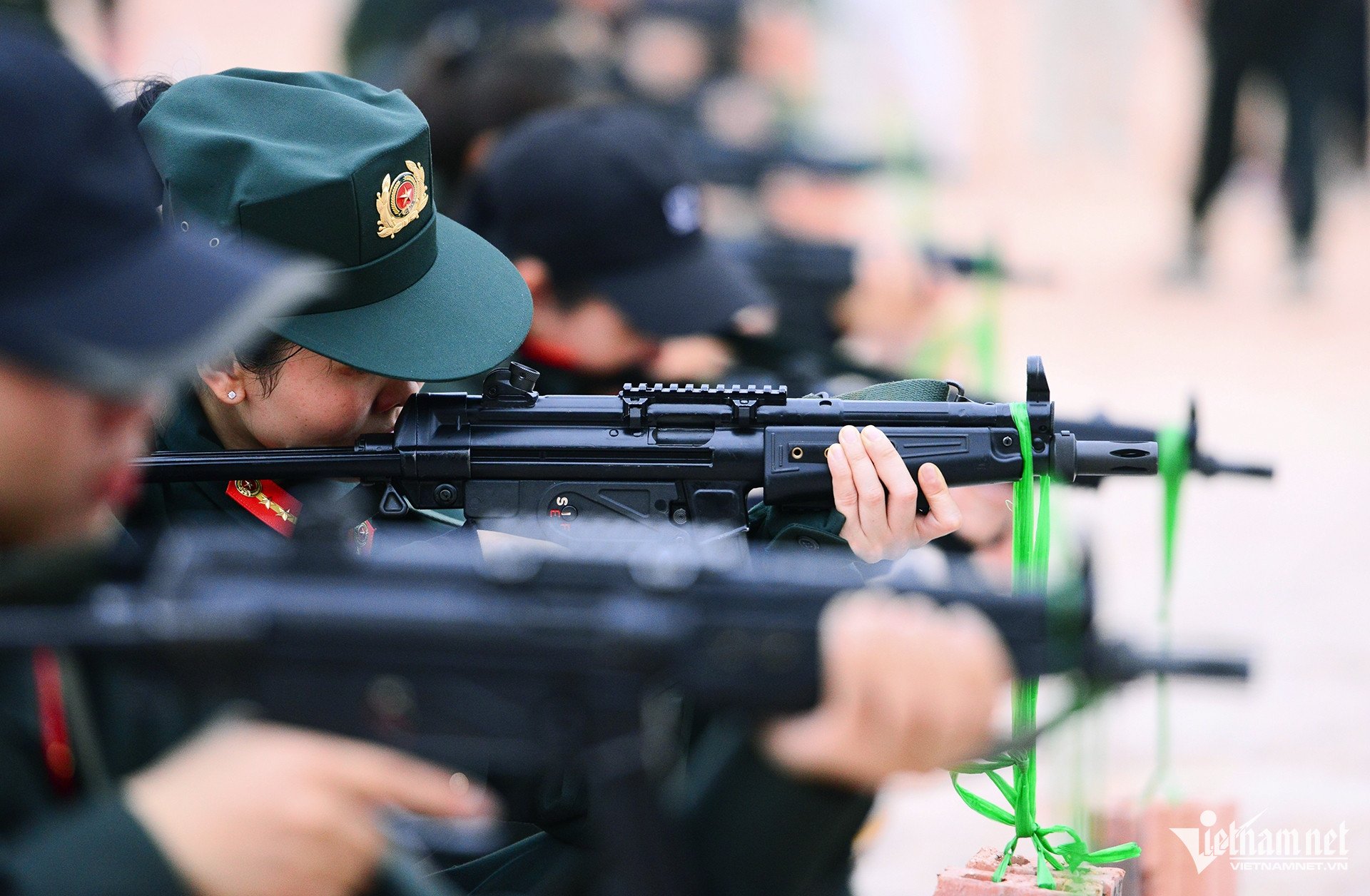

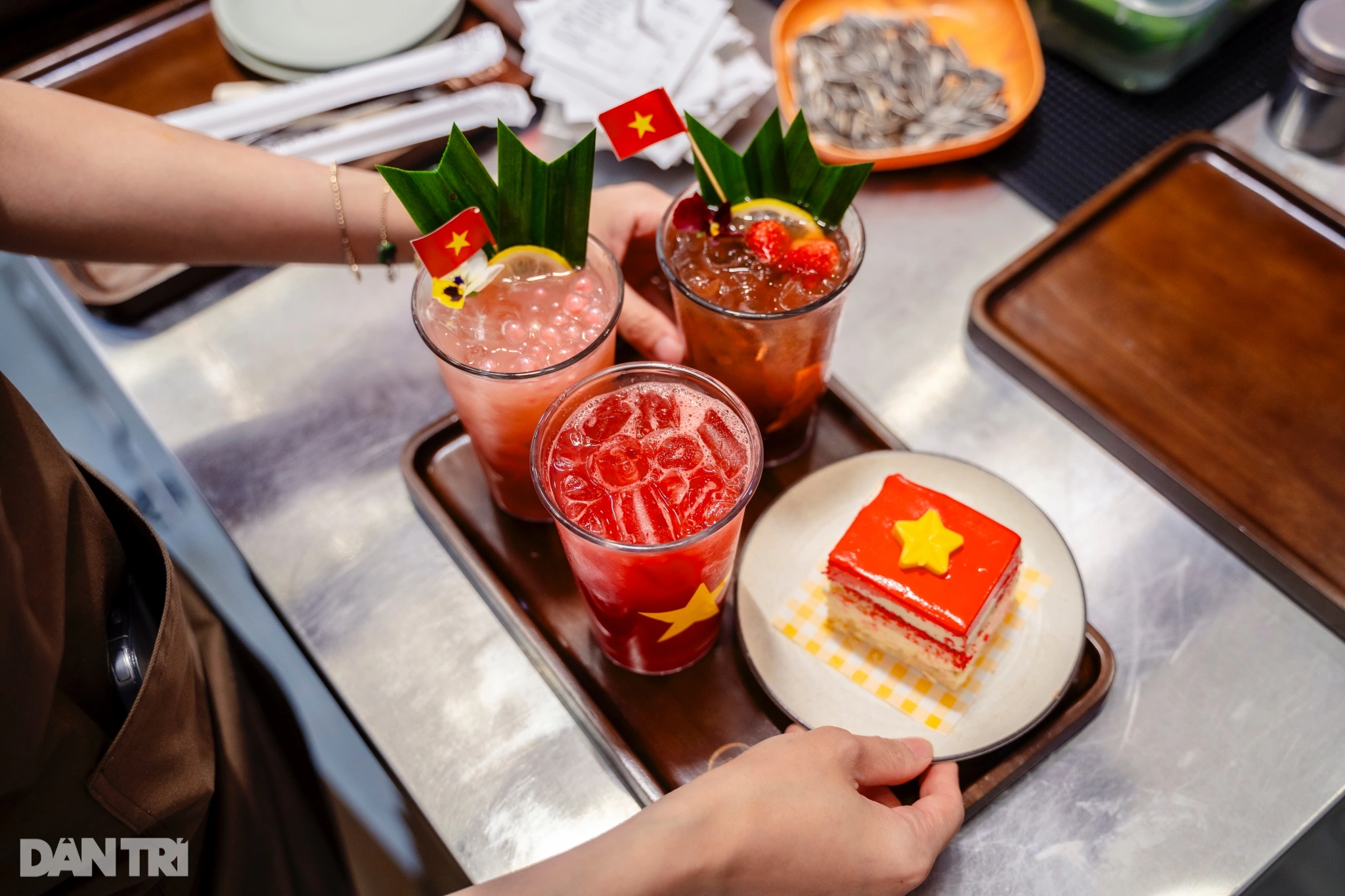






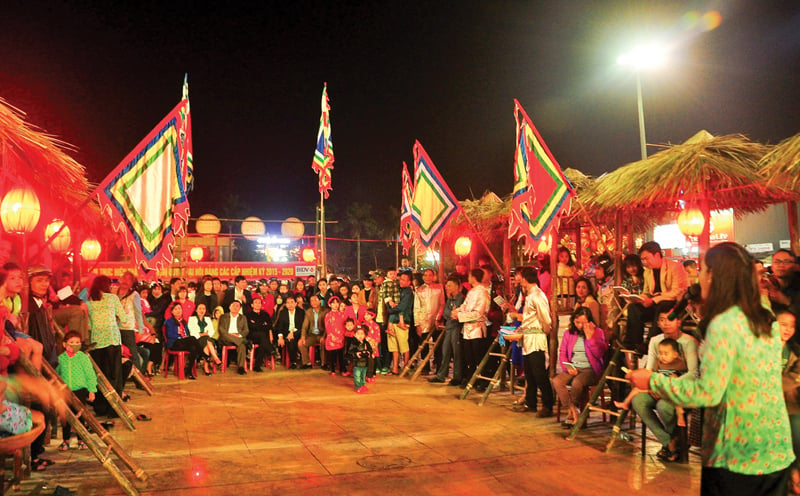

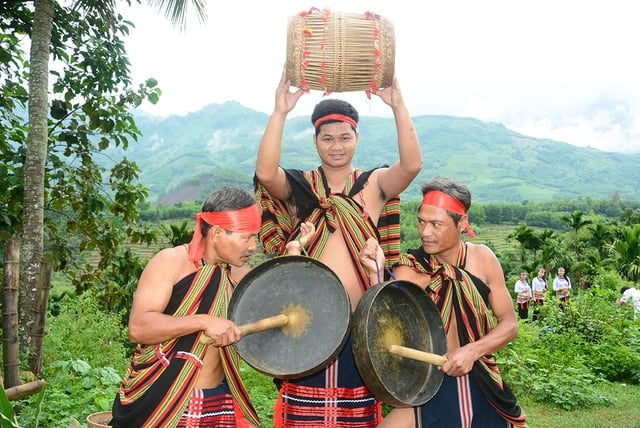

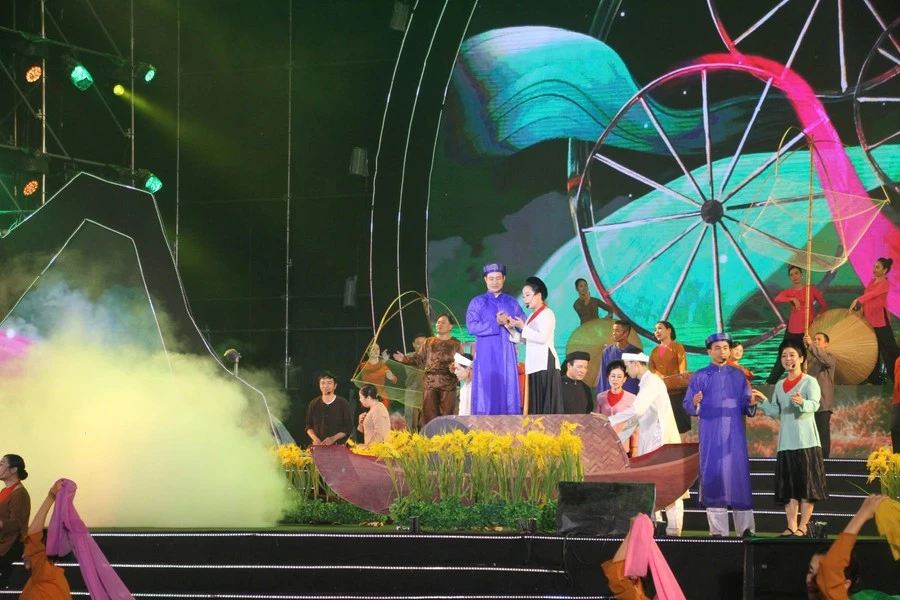


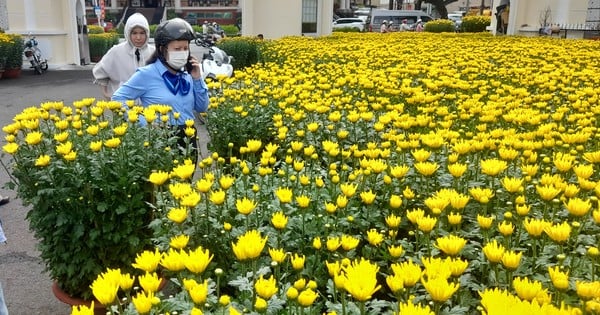
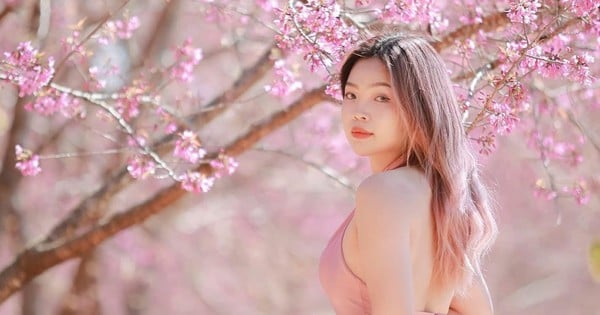

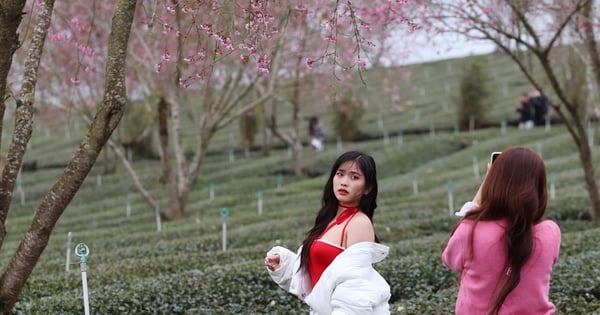
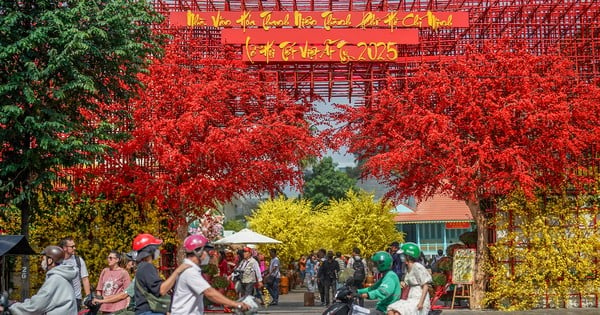
![[Photo] Prime Minister Pham Minh Chinh holds talks with Prime Minister Mikhail Vladimirovich Mishustin](https://vstatic.vietnam.vn/vietnam/resource/IMAGE/2025/1/19/54ce88000228495a90768cc0b03c9cc0)


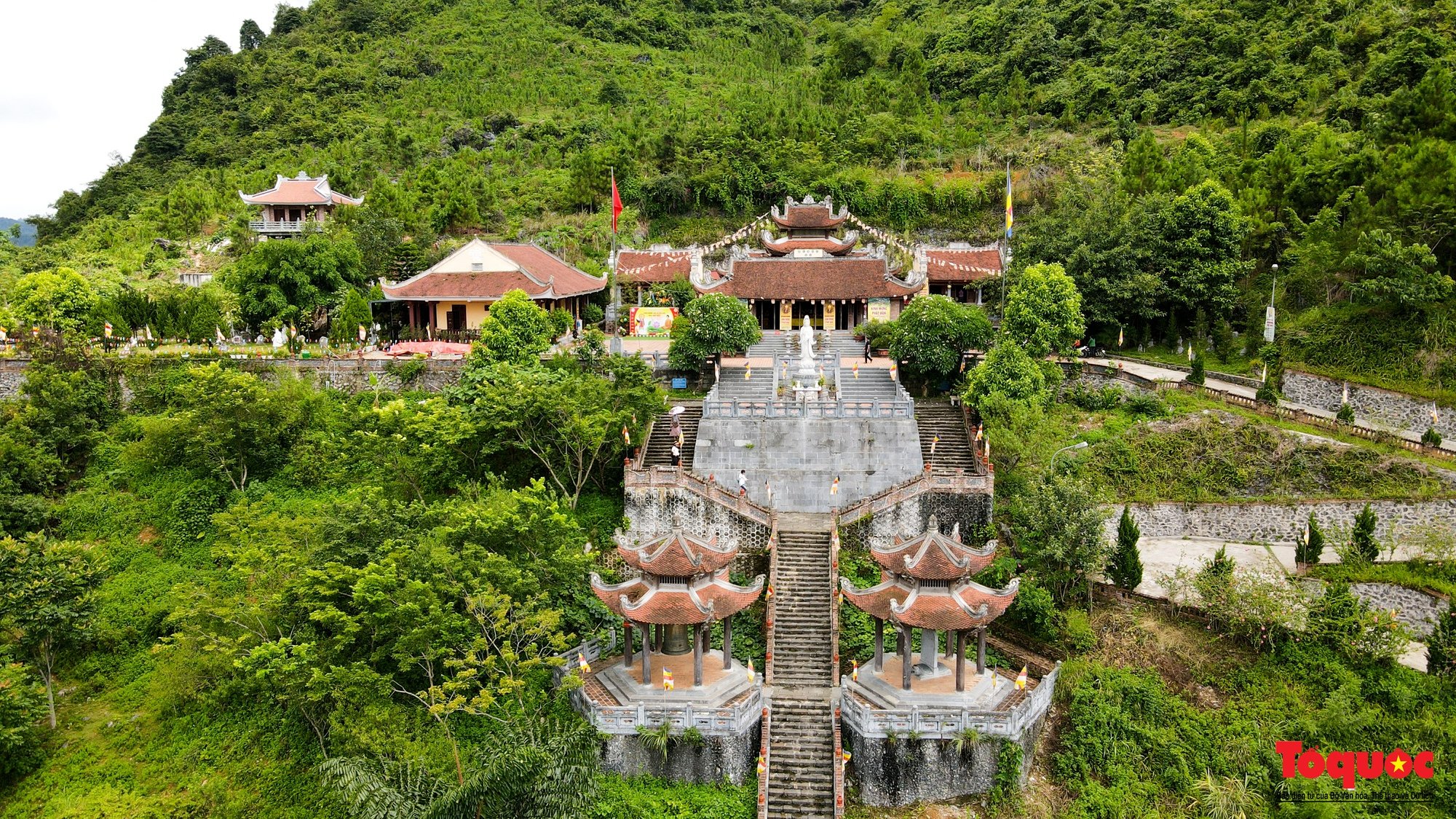
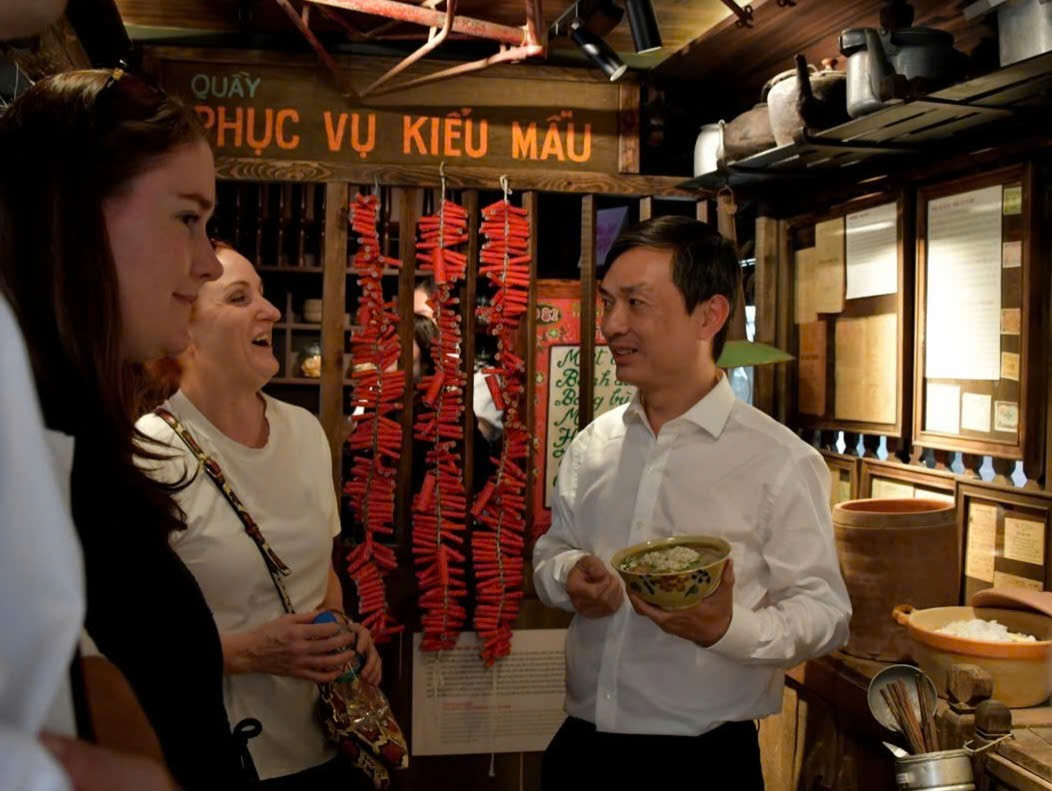
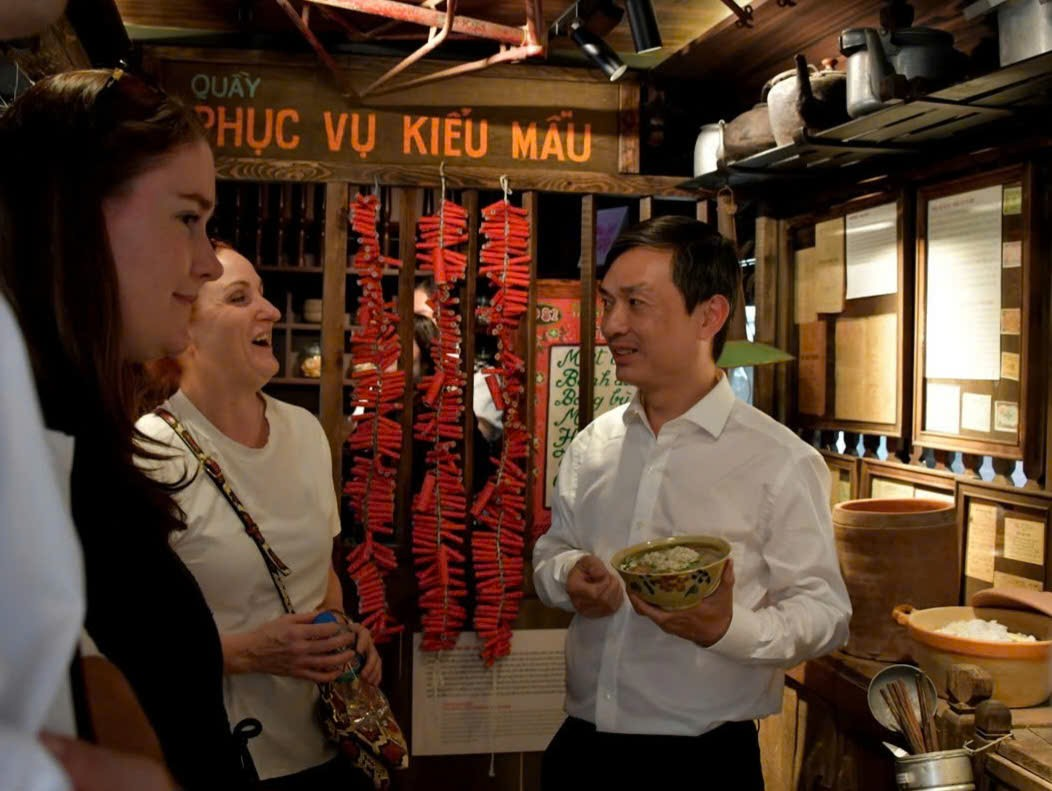
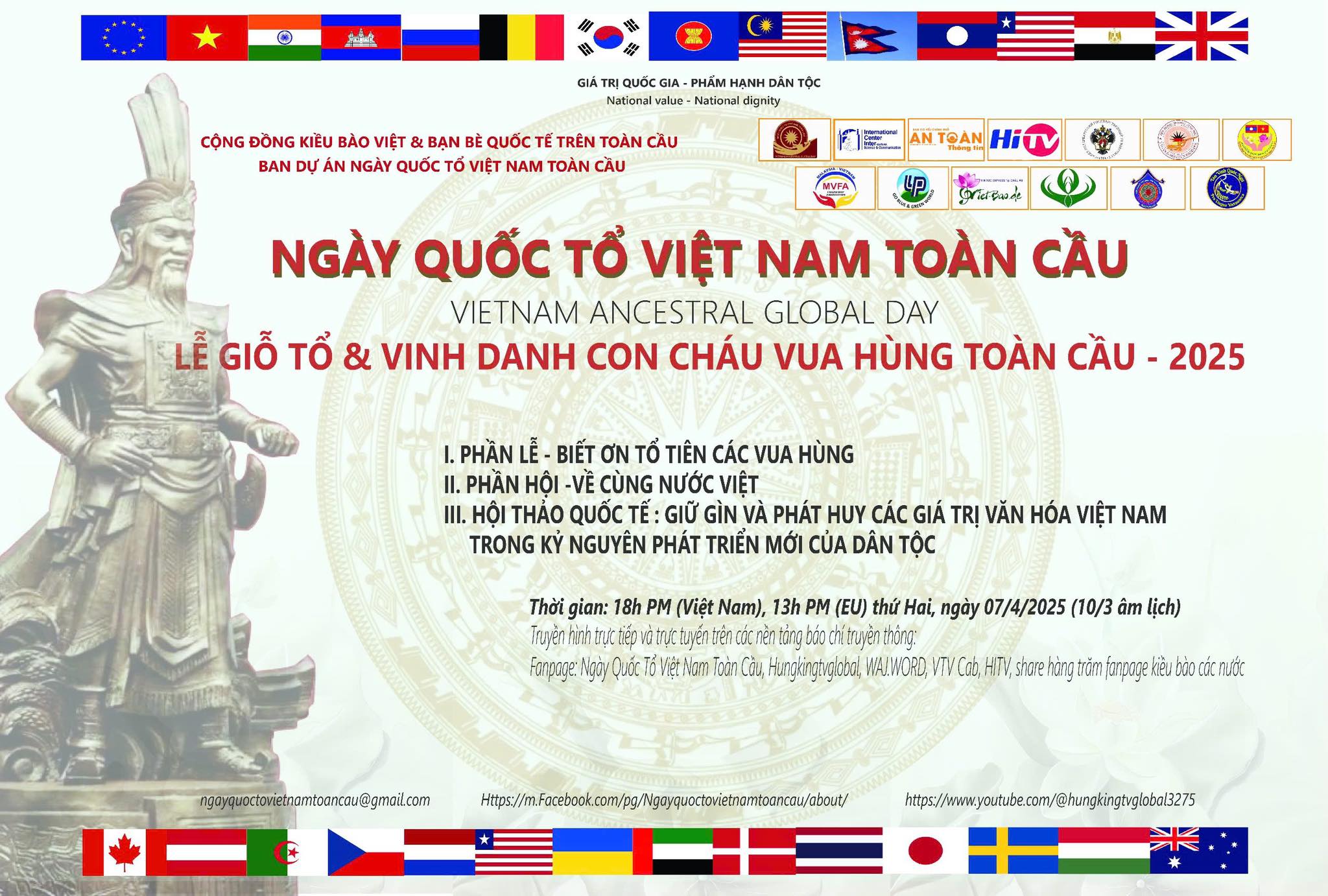
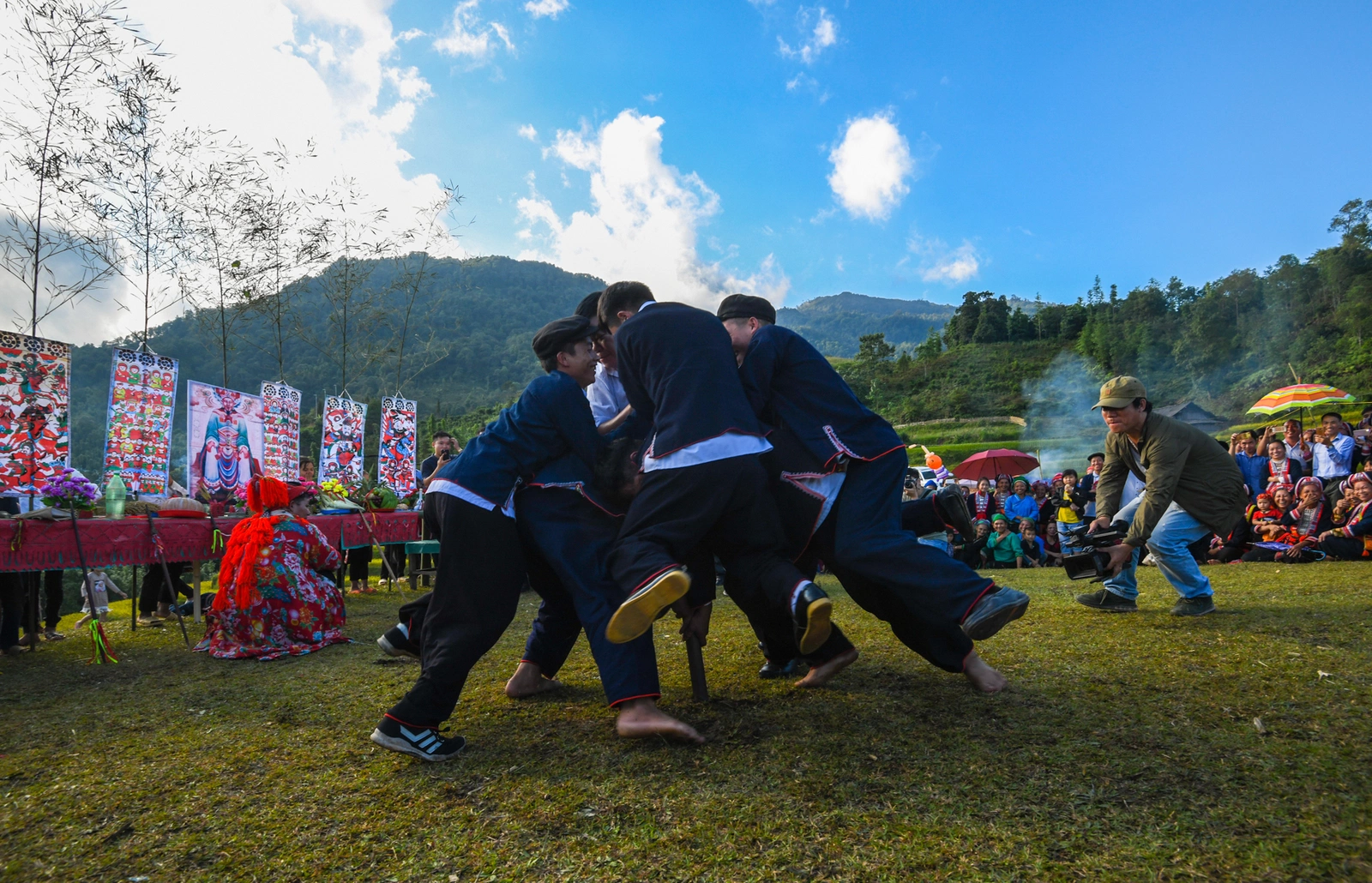
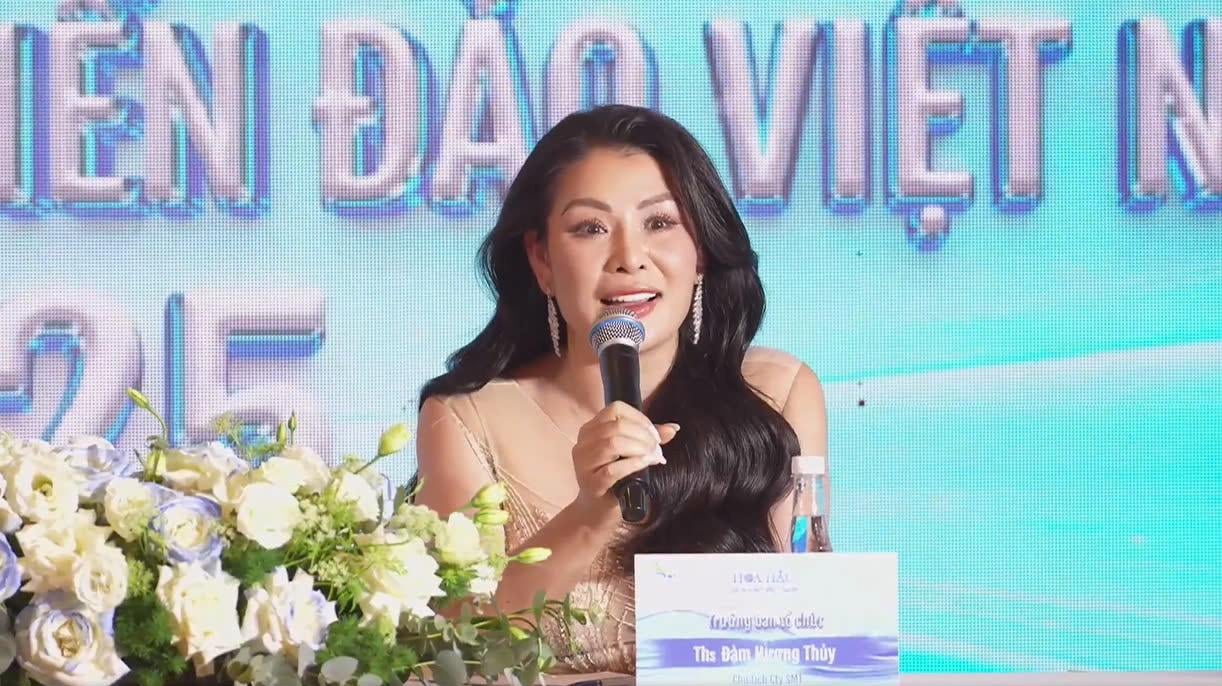


![[Photo] "Beauties" participate in the parade rehearsal at Bien Hoa airport](https://vstatic.vietnam.vn/vietnam/resource/IMAGE/2025/4/11/155502af3384431e918de0e2e585d13a)

































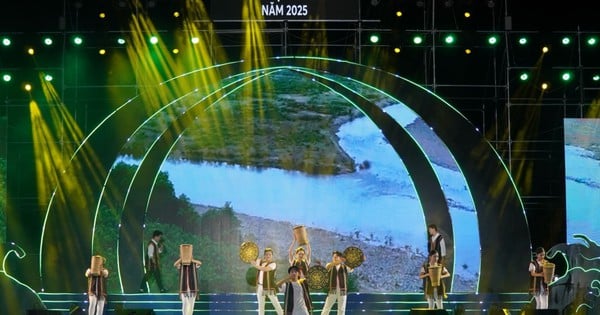
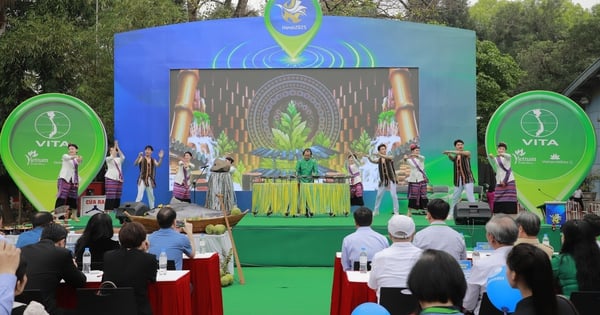
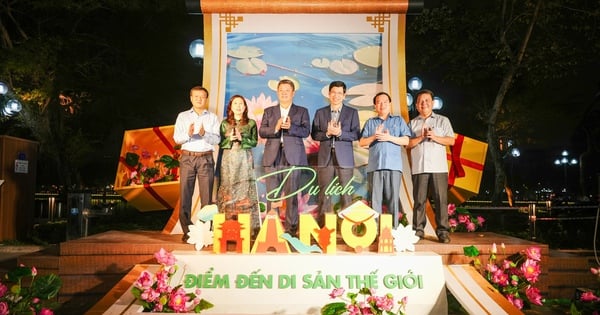









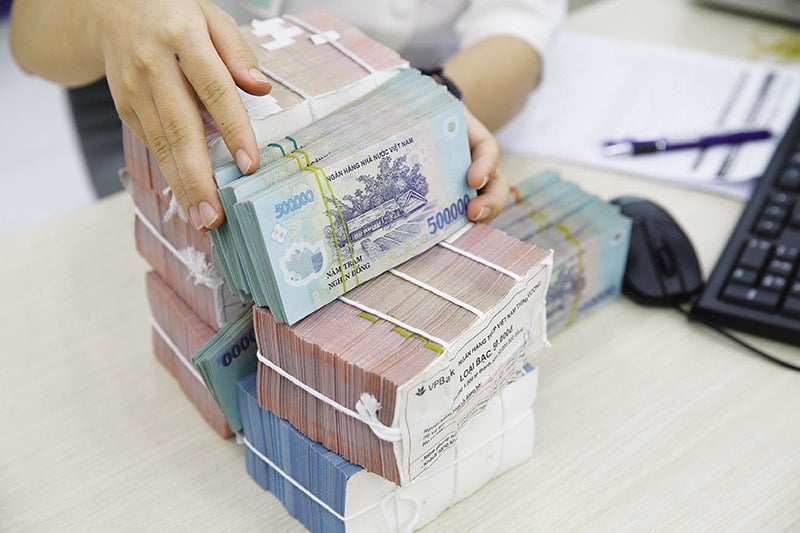
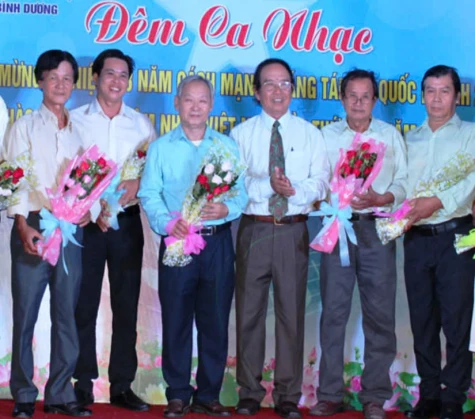










Comment (0)